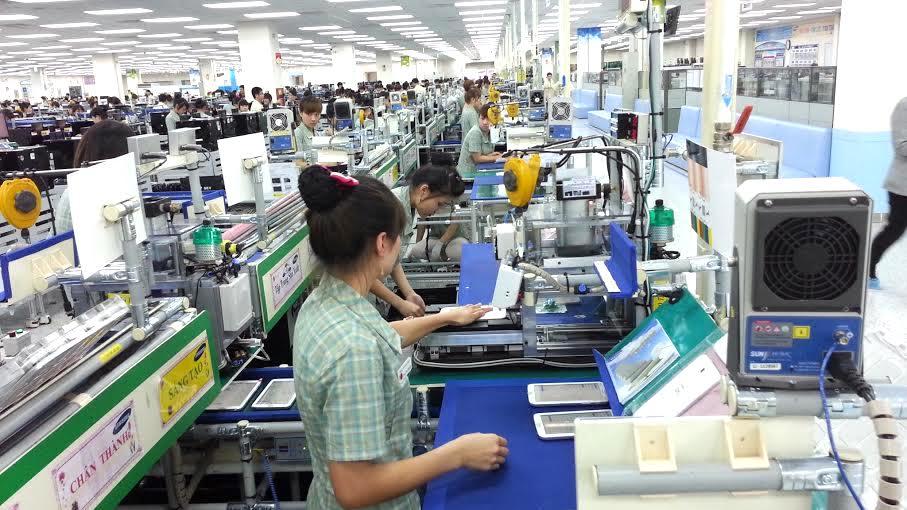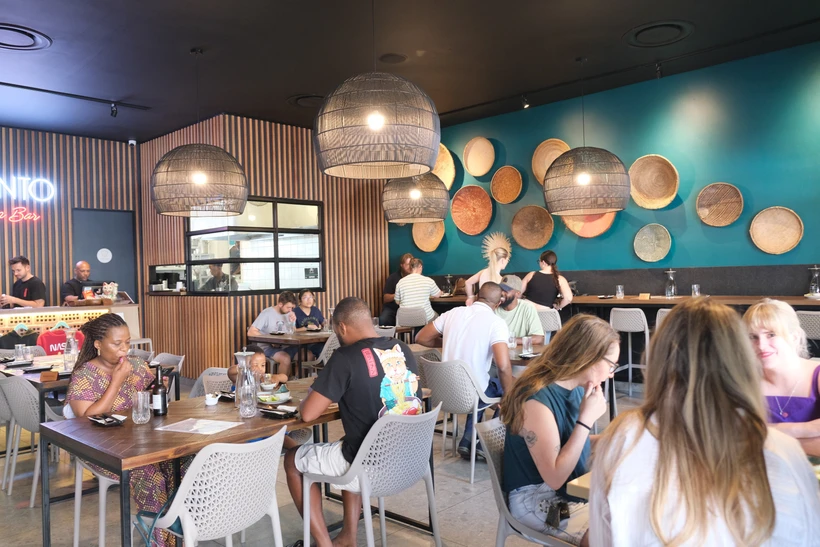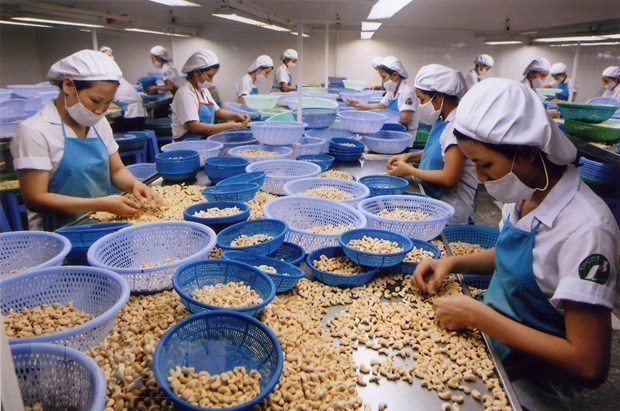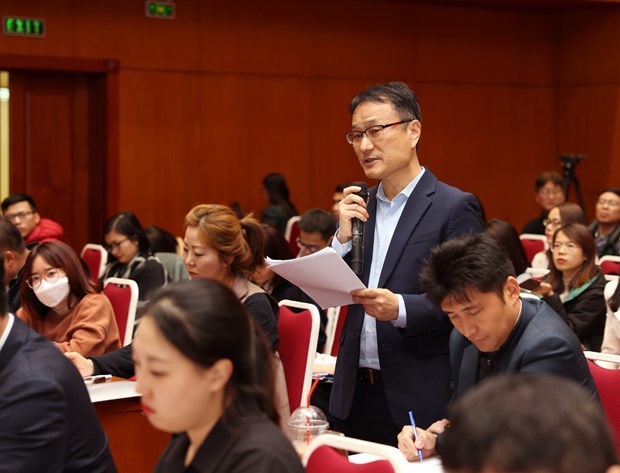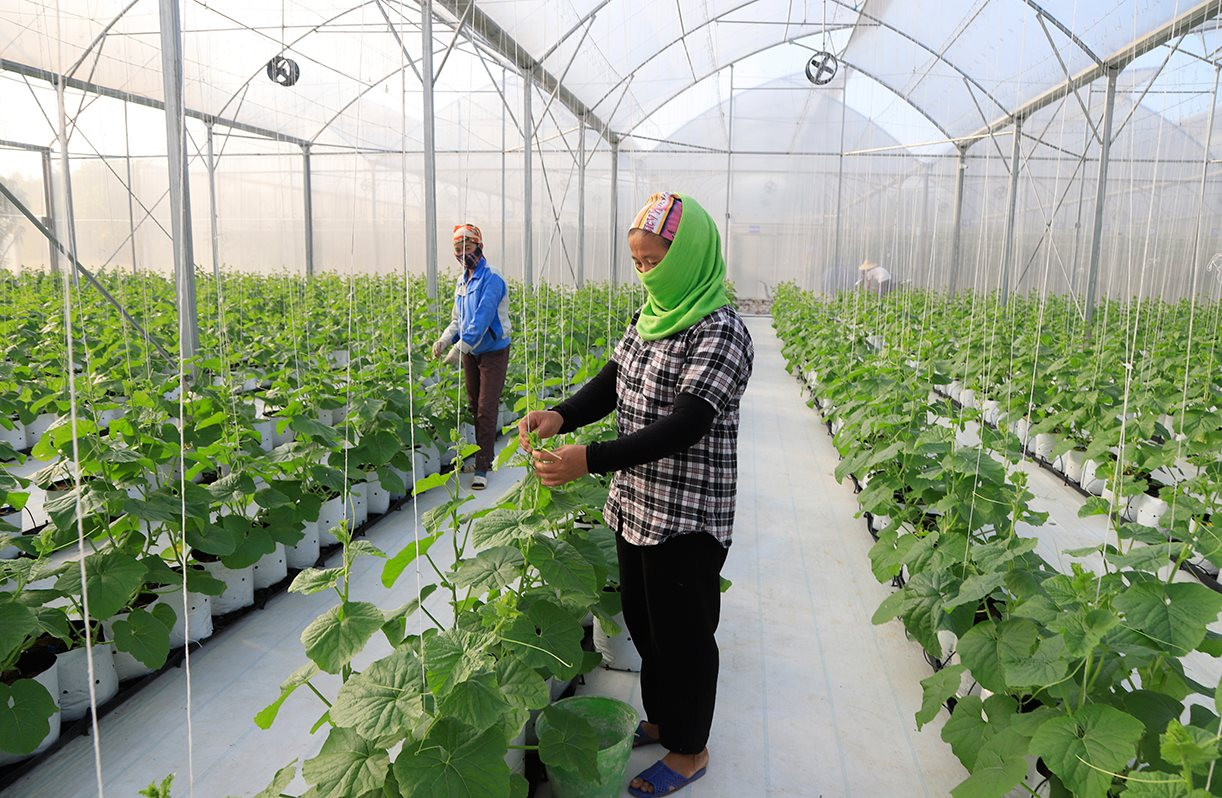
As the aim of the project, the system manages centralised data, updates in real-time, and categorises and discloses information, facilitating easy access for citizens to trace the origin and safety of products across Vietnam. (Photo: nongnghiep.vn)
The announcement was the outcome of an ODA project between the two governments, which was approved by the Vietnamese Prime Minister in 2020. As the aim of the project, the system manages centralised data, updates in real-time, and categorises and discloses information, facilitating easy access for citizens to trace the origin and safety of products across Vietnam.
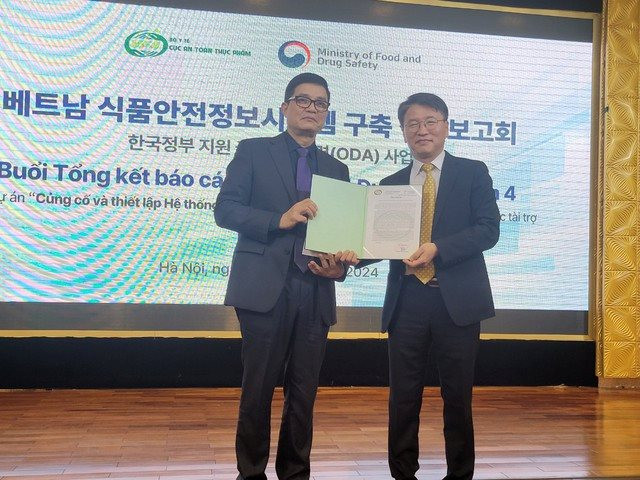
Leaders of the Ministry of Health’s Vietnam Food Administration (VFA) and the Republic of Korea’s Ministry of Food and Drug Safety at a hand-over ceremony of the food safety management system (Photo: VGP)
According to VFA Director Associate Professor Nguyen Thanh Phong, the project has so far completed its four-year implementation phase from 2020 to 2023, with the food safety management system comprising five main components:
First, an online food safety reporting system sends information through the commune/ward, district, and province/city levels and gets them centralised at the central level. The reports will be sent and received in real-time.
Second, a public web portal features general food safety information and a business profile map based on geographical areas. On display is the basic information of enterprises such as the name, address, business registration number, food safety certification, and products.
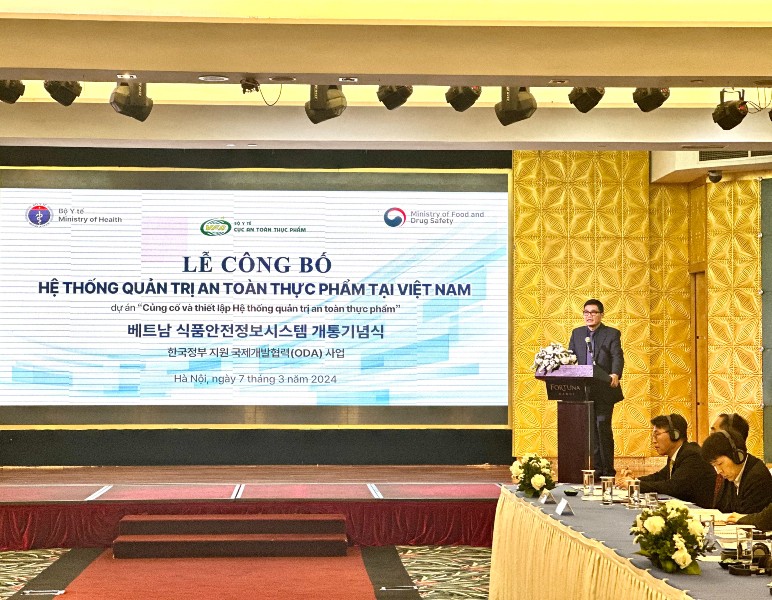
VFA Director Associate Professor Nguyen Thanh Phong speaks at the launch ceremony of the food safety management system in Hanoi on March 7. (Photo: baodautu.vn)
“The function of reporting food poisoning incidents is also designed in this system so that provincial and municipal food safety management authorities can log in and report online.” -Director Nguyen Thanh Phong.
Third, a professional portal for officials of the department helps them fulfil managerial tasks involving business information, food poisoning incidents, complaints and feedback, advertisement monitoring, and food safety warning, among others.
Fourth, a system monitoring laboratory information allows management authorities to integrate and search designated inspection criteria and compile automatic inspection data serving management purposes.
Fifth, a compact version of the national information portal for use on mobile phones.
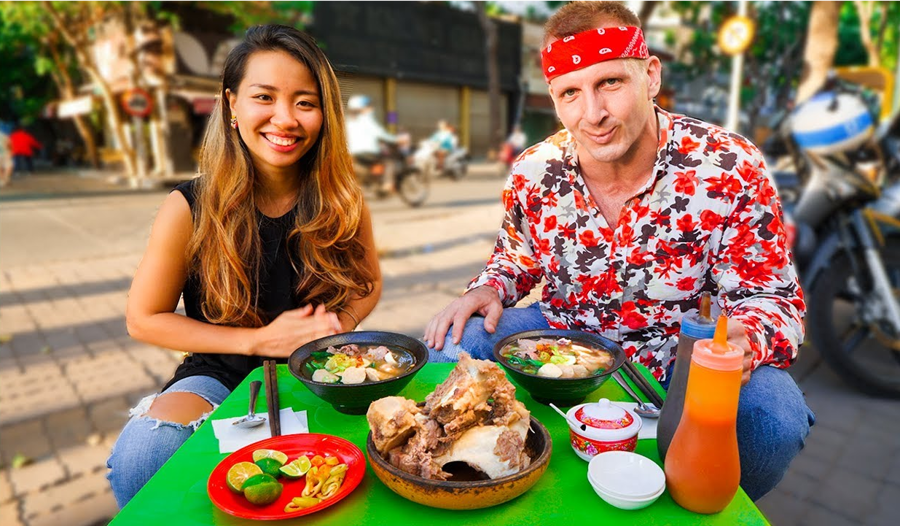
Foreign tourists taste Vietnamese dishes. (Photo: VNA)
According to Phong, the VFA has proposed health departments and food safety management boards to organise training sessions to implement features on the system professionally.

Vietnam Strives to Ensure Food Safety and Quality
The launch of the system marks a new step in Vietnam’s efforts to ensure food safety and quality, protect public health, enhance labour productivity, and promote economic growth, especially given the context that there are still many food products circulating in the market that do not meet quality standards, nor adhere to ingredients or technological processes registered with management agencies.
Regarding food safety management, Vietnam currently has the food safety law and Decree No. 15/2018/ND-CP that elaborates on some articles of the law. Accordingly, the Ministry of Health manages six product categories, while the ministries of Industry and Trade, and Agriculture and Rural Development oversee eight and 19 categories, respectively.
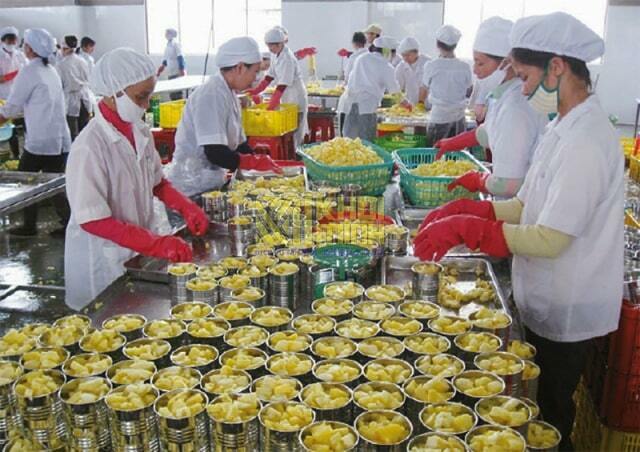
Processing food at factories (Photo: VNA)
However, according to Cao Van Trung, the deputy head of the VFA’s food poisoning and information monitoring office, food poisoning incidents still occur across industrial zones, hospitals, and schools; and low-quality food products circulate in the market.
He attributed the situation to the fact that most food production and processing facilities in Vietnam are small-scale and follow seasonal production. Among the country’s 500,000 food processing establishments, 85% are small- and medium-sized and family-run with limited equipment and workshops. Additionally, the starting point for food safety management in Vietnam is much lower than many countries in the world and the region, with a low number of inspection personnel when compared to other Asian countries. For example, the number of food safety inspectors stood at over 5,000 in Beijing, China, more than 12,000 in Japan, and about 1,000 in Vietnam.
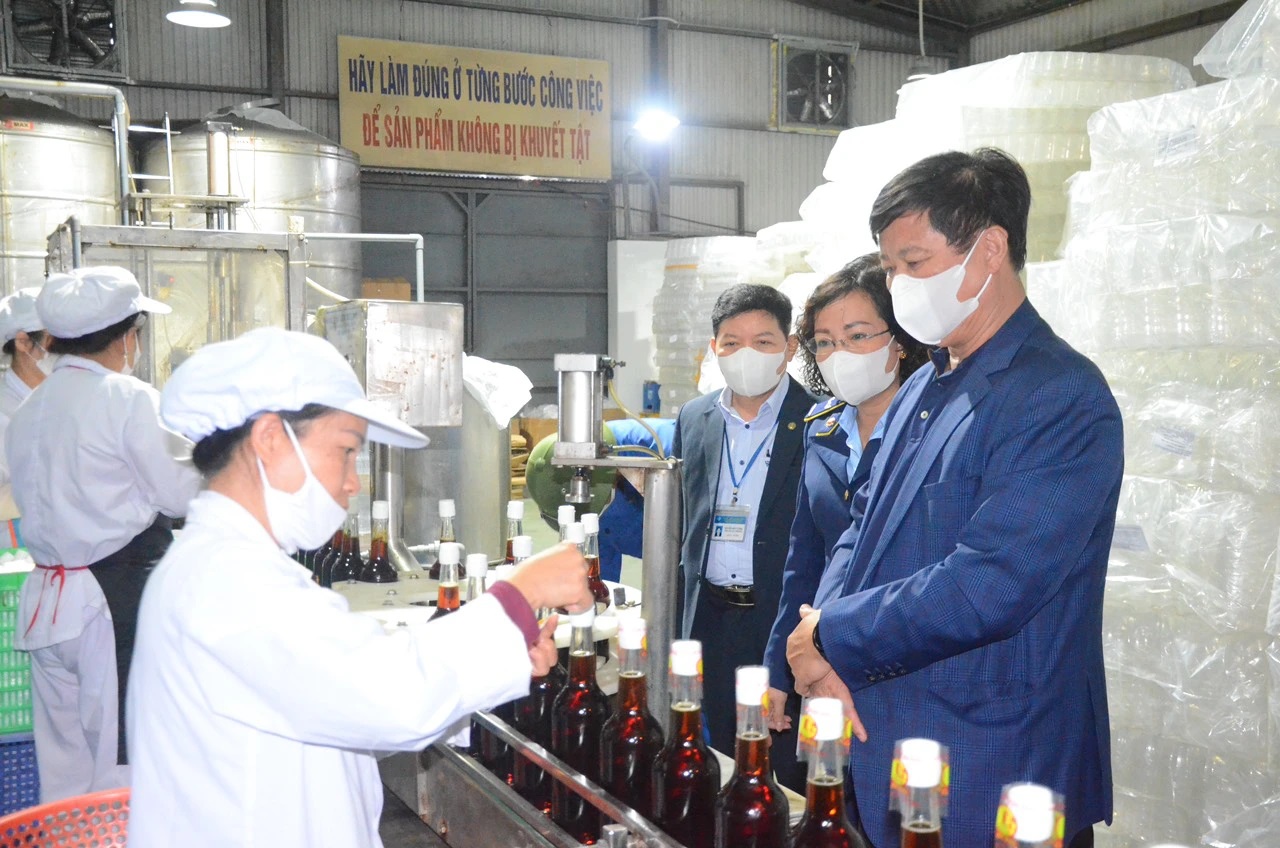
Inpections of food safety targeting kitchens of plans and schools. (Photo: tuoitre.vn)
According to experts, Vietnam needs to continue improving its legal framework related to food safety, promote and expand safe food production areas, and strengthen inspection and supervision work. It is also necessary to promote international cooperation, attract foreign investment, and seek financial and technical support for food safety work. Better personnel capacity and legal institutions to suit the actual situation and international practices are equally important, they noted./.
Source: VNA

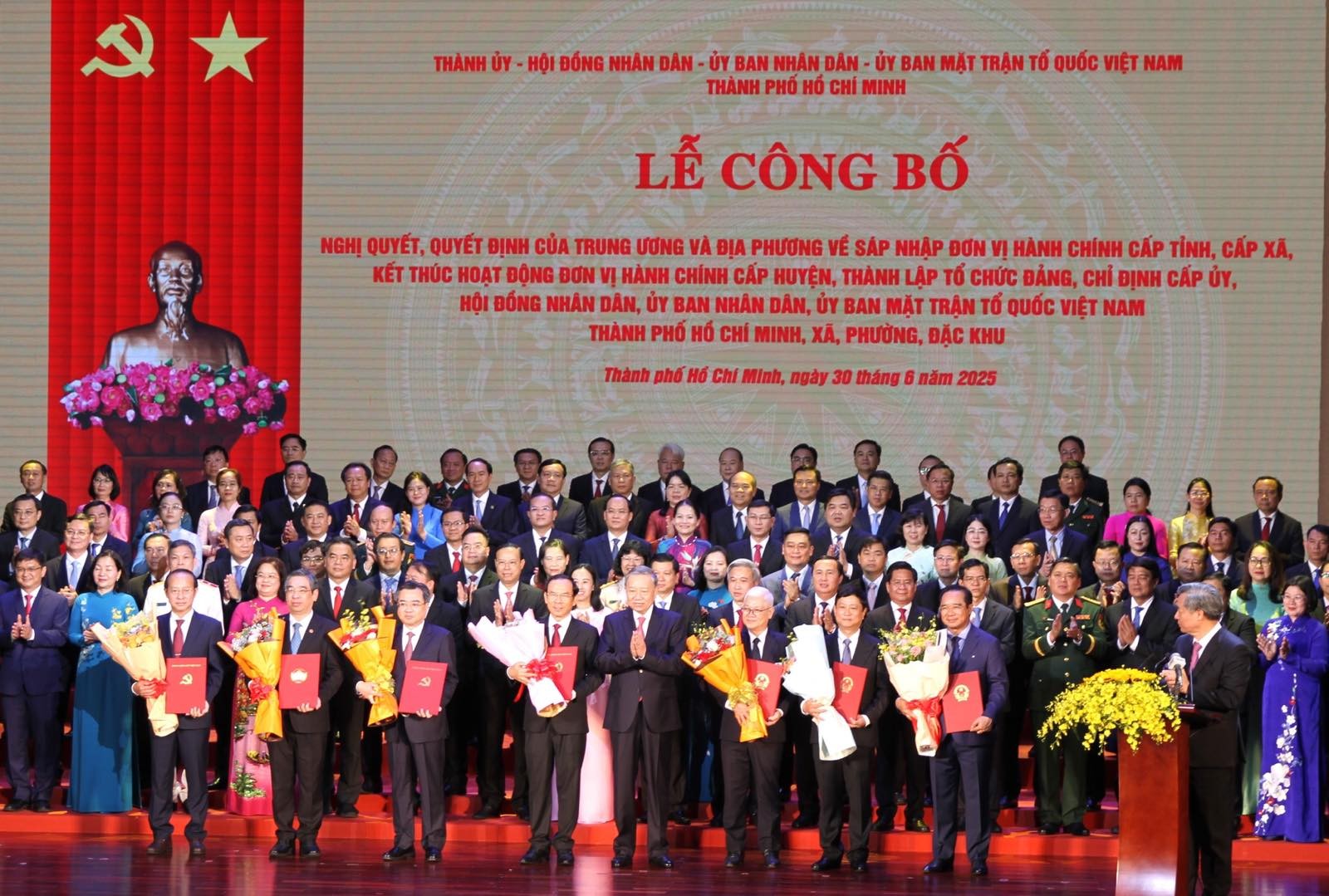
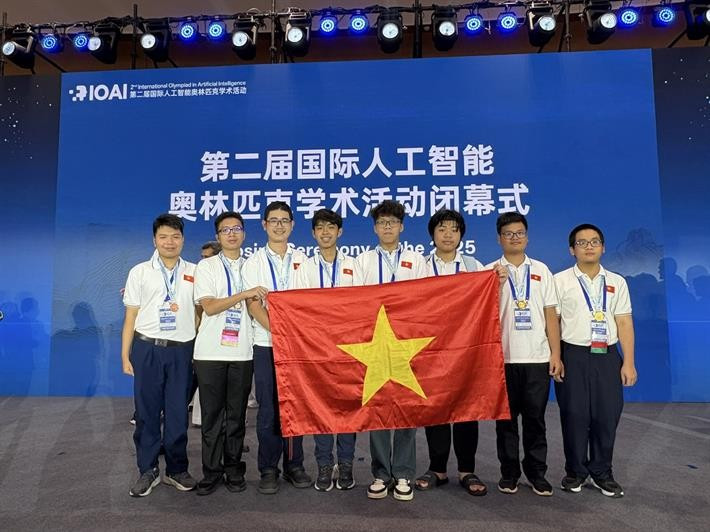
.jpg)
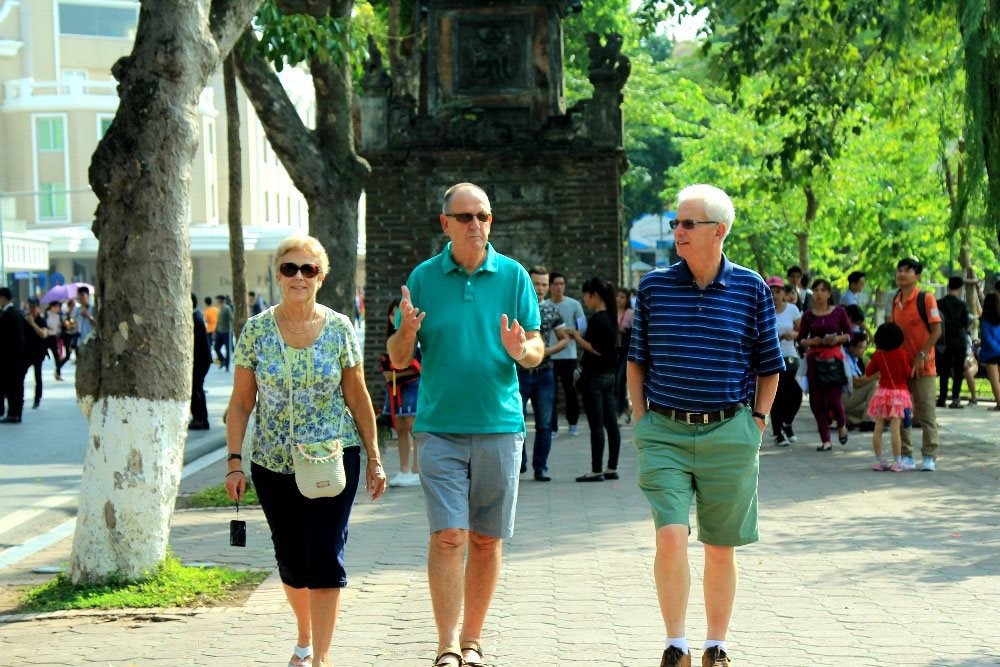

.jpg)
